Deck & Commander Strategies

Prossh, Skyraider of Kher
Generate a large number of Kobold tokens on casting Prossh, then use token synergies and combat damage to overwhelm opponents quickly.

Muldrotha, the Gravetide
Utilize graveyard recursion to repeatedly cast permanents from the graveyard, gaining incremental card and board advantage.

Gonti, Lord of Luxury
Steal opponent's cards and creatures to disrupt their plans while leveraging sacrifice and recursion synergies to drain life and control the board.

Slimefoot, the Stowaway
Create saproling tokens and use them to generate incremental life gain and card draw, applying slow but steady pressure.
Gameplay Insights
- 1
Casting Prossh early to generate multiple Kobold tokens set up a strong offensive board presence.
- 2
Using Skullclamp on small creatures like Blood Artist to draw multiple cards and fuel further plays was crucial for card advantage.
- 3
Tooth and Nail with entwine to fetch Craterhoof Behemoth and Xenagos created a lethal swing potential that pressured multiple opponents simultaneously.
- 4
Gonti's player effectively used sacrifice synergies with Gray Merchant and recurring creatures via Puppeteer Clique and reanimation to drain opponents' life totals rapidly.
- 5
Sacrificing creatures to Viscera Seer for scrying and card selection was a consistent value engine.
- 6
Muldrotha's graveyard recursion was powerful but was ultimately overshadowed by Gonti's aggressive sacrifice and steal tactics.
- 7
Slimefoot's saproling token generation was impactful in the early game but lacked the explosive finish needed to close out the game amidst the escalating threats.
Notable Cards
-

Prossh, Skyraider of Kher
-

Tooth and Nail
-

Craterhoof Behemoth
-
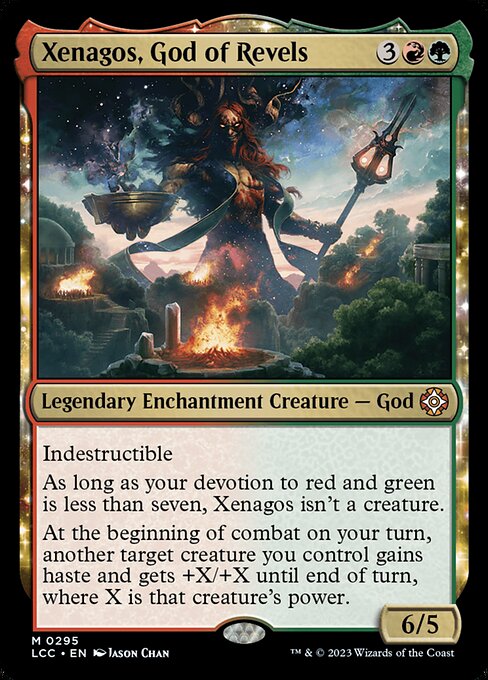
Xenagos, God of Revels
-
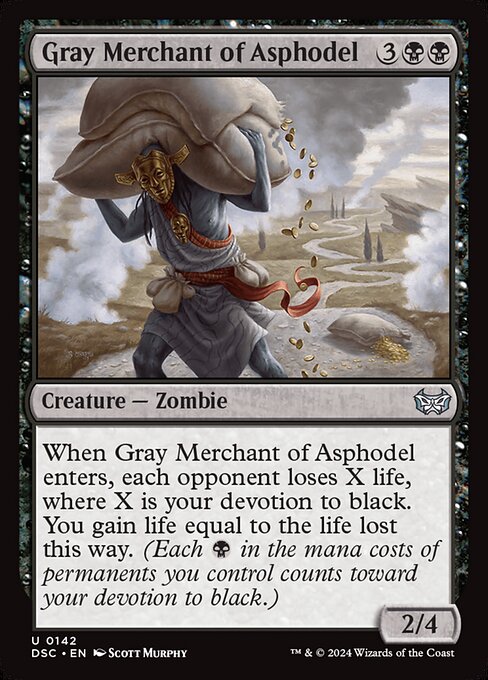
Gray Merchant of Asphodel
-

Viscera Seer
-
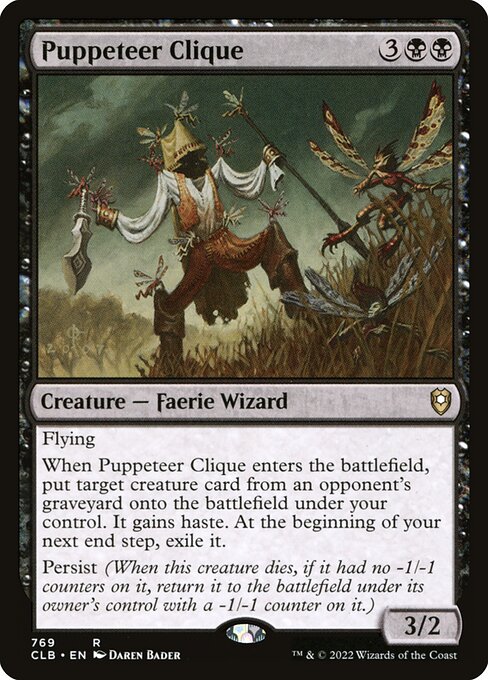
Puppeteer Clique
-

Skullclamp
-
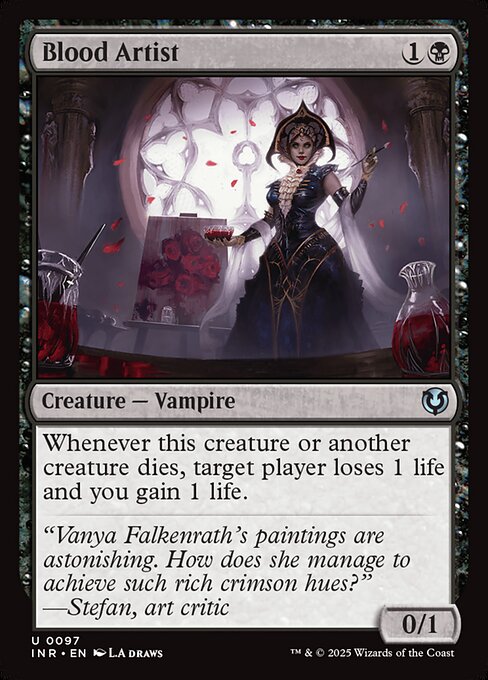
Blood Artist
-
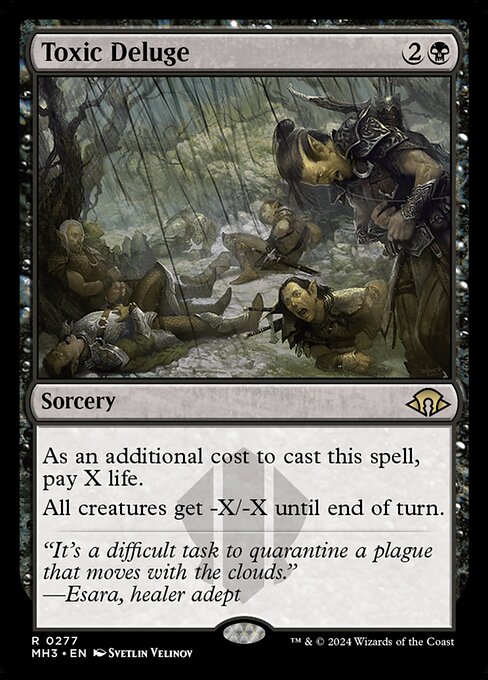
Toxic Deluge
-
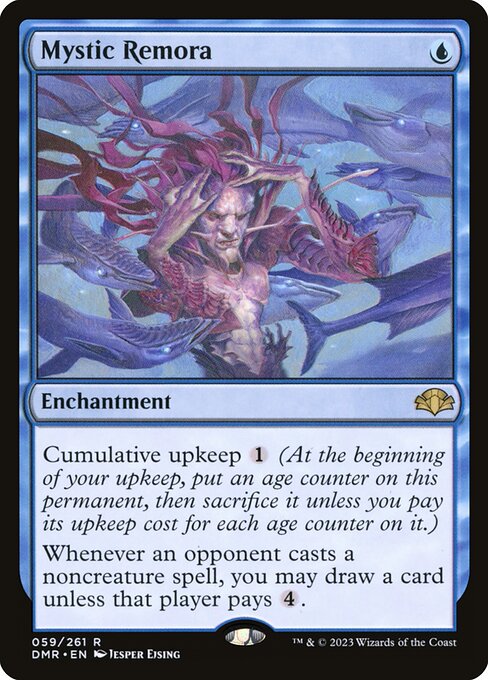
Mystic Remora
Gameplay Summary
The game featured four distinct Commander decks battling for control and board presence.
Early turns involved careful land drops and incremental value plays, such as drawing with Skullclamp and recurring creatures with reanimation spells.
Prossh quickly established a strong board presence by casting himself and generating a large number of Kobolds, leveraging token synergies and combat damage to chip away at opponents.
Muldrotha utilized graveyard recursion and land tricks to maintain card advantage and board resources, while Gonti focused on stealing key creatures and recurring threats to destabilize the table.
Slimefoot created saproling tokens and used them to apply pressure and gain incremental life and card advantage, though he was ultimately unable to maintain control against the escalating threats. A pivotal moment came when Prossh cast Tooth and Nail, fetching Craterhoof Behemoth and Xenagos, God of Revels, enabling a devastating combat phase that significantly reduced opponents' life totals.
However, Gonti's player capitalized on graveyard interactions and sacrifice synergies, repeatedly sacrificing creatures like Gray Merchant of Asphodel with Viscera Seer and Puppeteer Clique to drain life and generate value.
The game ended when Gonti's player exploited these synergies to deal lethal damage by swinging with Prossh using a stolen Craterhoof Behemoth, demonstrating the power of graveyard recursion combined with sacrifice and drain mechanics.


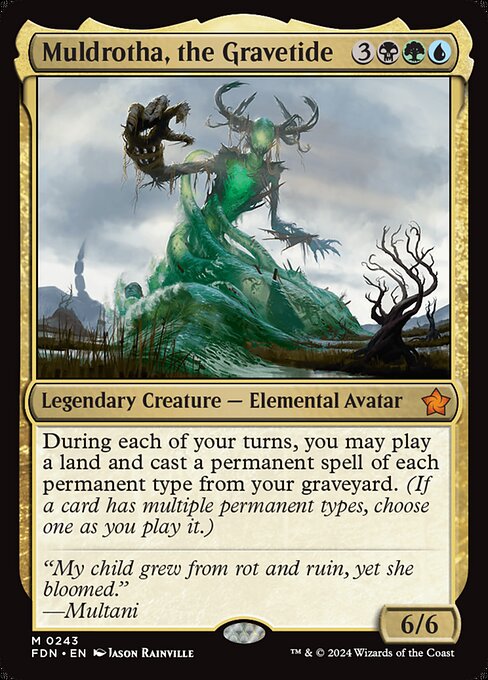




































![Commander VS S13E7: Tolsimir Wolfblood vs Slimefoot vs Queen Marchesa vs Tajic [EDH] thumbnail](https://i.ytimg.com/vi/9vSts7GdaqU/sddefault.jpg)
